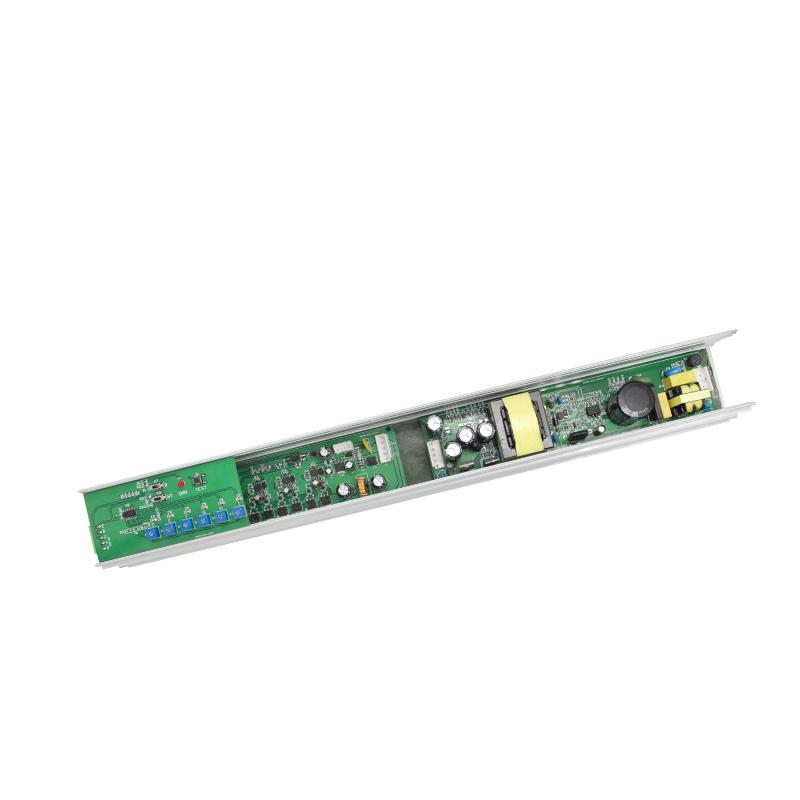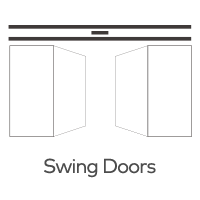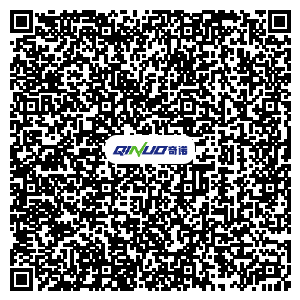Does a door controller support remote access and management?
In an increasingly digital world, technological advancements have revolutionized various aspects of our lives, including home and office security. Door controllers, a critical component of access control systems, play a pivotal role in managing entry and exit points in residential and commercial premises. As the need for remote access and management becomes more prevalent, it is essential to explore whether modern door controllers offer these capabilities. In this article, we delve into the concept of remote access and management and examine how door controllers cater to this growing demand.

Understanding Door Controllers
A door controller is an electronic device responsible for regulating access to a building or specific areas within it. It is linked to various entry points, such as doors, gates, and turnstiles, and operates with the help of access credentials like keycards, key fobs, or biometric identifiers. Traditionally, door controllers have been managed locally, allowing authorized personnel to control access within proximity. However, the advent of remote access technologies has transformed access control systems, enabling administrators to manage door controllers from anywhere in the world.
The Significance of Remote Access and Management
Remote access and management capabilities have become crucial for numerous reasons:
1. Convenience: Remote access enables administrators to manage multiple access points from a centralized location, streamlining security operations and enhancing overall convenience.
2. Real-time Monitoring: With remote management, administrators can monitor access events and security status in real-time, enabling swift responses to potential security threats or incidents.
3. Flexibility: Remote access eliminates the need for physical presence to manage access, making it ideal for businesses with multiple locations or those with a mobile workforce.
4. Enhanced Security: Remote management allows quick adjustments to access permissions, ensuring only authorized personnel can enter specific areas, thus bolstering security.
5. Time and Cost Savings: Remote access and management reduce the need for on-site visits, saving time and expenses associated with manual configuration and troubleshooting.
Remote Access Capabilities of Door Controllers
Modern door controllers are designed to accommodate the demands of remote access and management. These capabilities are made possible through several technological features:
1. Cloud Connectivity: Many door controllers can be integrated into cloud-based access control platforms, providing administrators with remote access via web-based portals or mobile applications.
2. Mobile Apps: Manufacturers offer mobile apps that allow administrators to control and manage door controllers through their smartphones or tablets, irrespective of their location.
3. IP-based Communication: Door controllers equipped with IP (Internet Protocol) connectivity enable remote access and management over local or wide-area networks.
4. Secure Protocols: To ensure data privacy and security, remote access features are often implemented with robust encryption and secure authentication protocols.
Conclusion
In conclusion, modern door controllers have evolved to meet the demand for remote access and management in access control systems. These intelligent devices now offer a wide range of features, such as cloud connectivity, mobile apps, IP-based communication, and secure protocols, empowering administrators to efficiently manage access points from anywhere at any time. As technology continues to advance, remote access capabilities will likely become a standard feature of door controllers, revolutionizing the way we approach security and access control in our homes and workplaces.







